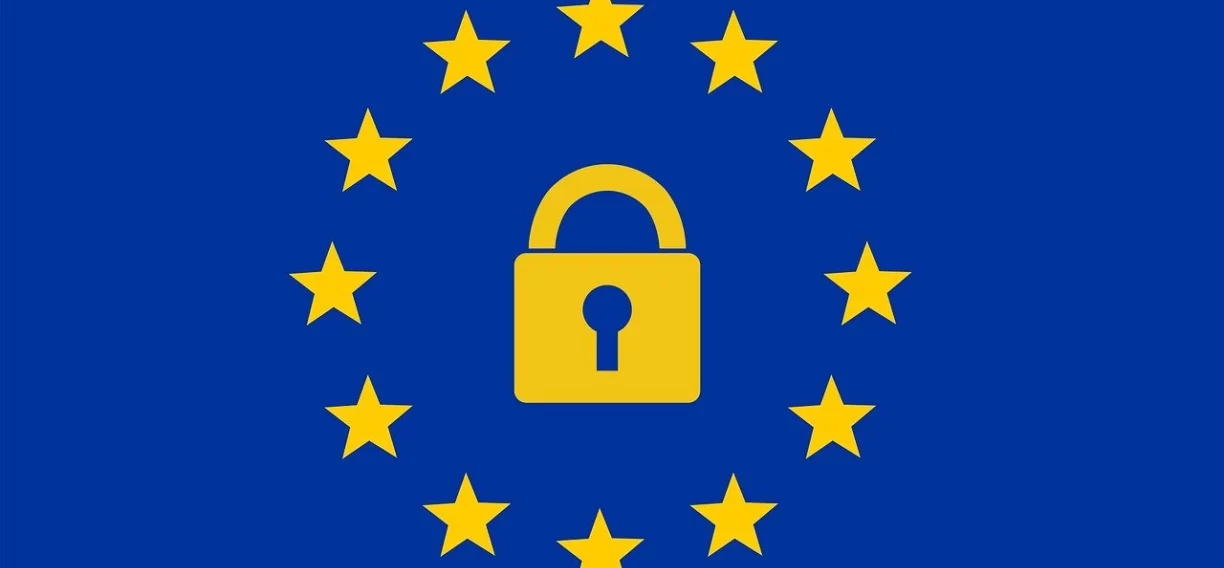MiCA regulation and its contribution to cryptocurrencies
What are the goals and benefits of this regulation for the cryptocurrency sector?

The European Union has, in recent years, focused on the regulation of digital assets, including cryptocurrencies, with the aim of strengthening consumer protection, increasing transparency, and ensuring the stability of the financial system. One of the key initiatives is the proposal for a Markets in Crypto-Assets (MiCA) directive. What are the goals and benefits of this regulation for the cryptocurrency sector?
The aim of the MiCA regulation is to create a legal framework that facilitates development and innovation in the field of cryptocurrencies while ensuring consumer protection and financial stability. One of the main benefits of MiCA is the predictability and clear rules for entities operating in the cryptocurrency sector, which would apply equally to all entities dealing with cryptocurrencies in any EU country. This could attract investors and entrepreneurs not just from the EU, but also from the rest of the world, where legal conditions are often either unclear or very restrictive. Therefore, entrepreneurs and investors in the cryptocurrency sector could feel greater trust and certainty in this dynamically growing class of assets in the EU.
Another advantage of the MiCA regulation is the strengthened protection for consumers, with stricter rules for operators of cryptocurrency platforms. These entities will have to adhere to established safety, anti-money laundering, and personal data protection norms. Stricter rules will also apply to issuers of so-called stablecoins, such as Tether (USDT) or USDC. This ensures that consumers’ funds are better protected and that certain rules are enforced in the cryptocurrency market. This could increase demand from people who were previously hesitant to invest in cryptocurrencies due to uncertainty and distrust of operators and cryptocurrency exchanges.
The MiCA regulation could also contribute to increased transparency and better risk management. Entities operating in the cryptocurrency sector will be required to provide regular updates and information about their activities, allowing for oversight and control by regulatory authorities. This could help prevent fraud, market manipulation, and other undesirable phenomena that deter many people from getting involved in the cryptocurrency space.
An important aspect of the MiCA regulation is its approach to new technologies, such as blockchain. The regulation aims to consider the specifics of cryptocurrencies and blockchain technologies and avoid unnecessary bureaucracy weighing down innovative projects. This could support further development and innovation in the cryptocurrency and decentralized finance space.
The European Parliament approved the MiCA regulation last month, and it is set to come into force at the beginning of 2024. This is currently the most comprehensive regulatory framework for digital assets that the EU has enacted, placing it ahead of the US and the UK in this area.
After several catastrophic results from some cryptocurrency companies and projects last year (such as the collapse of TerraUSD, FTX exchange, and Three Arrows Capital fund), it can be said that MiCA regulation brings practical benefits to cryptocurrencies. It provides clear rules, enhances consumer protection, supports transparency, and manages risks. However, it is important to find a balance in the regulation. The regulation should not excessively interfere with the privacy of individual cryptocurrency users when conducting transactions. This could deter many of them, which is not good for long-term adoption of cryptocurrencies.



